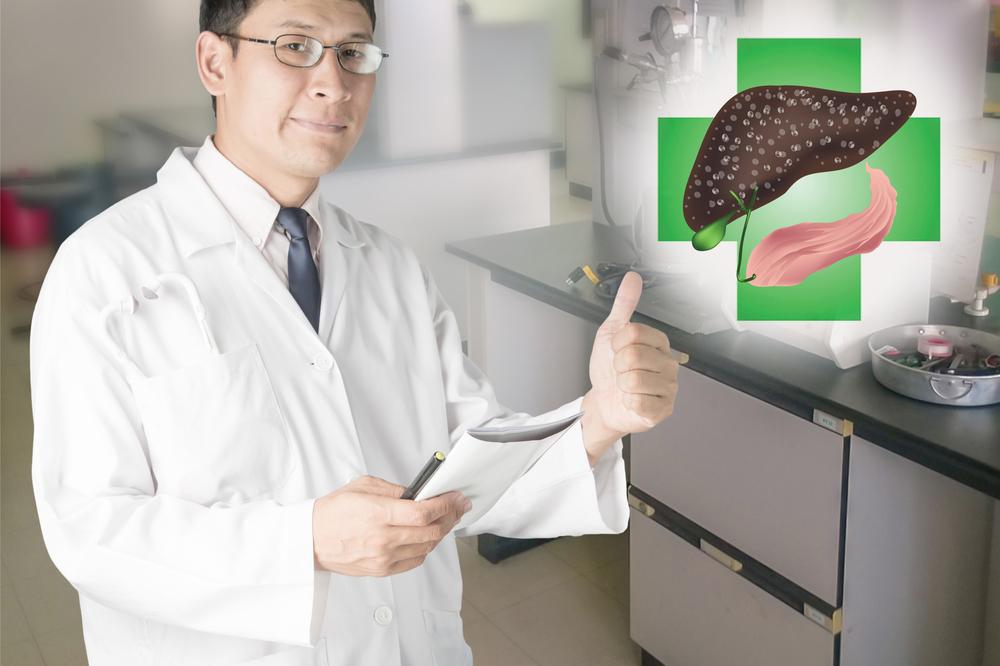Comprehensive Guide to Liver Cancer: Causes, Symptoms, and Diagnostic Strategies
This comprehensive article explores liver cancer, including its causes, early symptoms, risk factors, and diagnostic methods. It emphasizes the importance of early detection and modern medical techniques for improving treatment outcomes. With detailed insights into the disease's development and improvements in screening, the piece aims to raise awareness and promote proactive healthcare measures for those at risk.

Comprehensive Guide to Liver Cancer: Causes, Symptoms, and Diagnostic Strategies
Liver cancer, medically known as hepatic carcinoma, is one of the most formidable and potentially fatal health conditions affecting populations worldwide. It is characterized by the abnormal and uncontrolled growth of cells within the liver tissue, which can eventually invade surrounding tissues or metastasize to other parts of the body. As the largest internal organ, the liver plays a crucial role in detoxification, metabolism, and nutrient storage. Its strategic location beneath the right lung and beneath the ribcage makes it susceptible to various internal and external factors leading to cancer development.
The primary form of liver cancer originates in the liver itself and is often associated with pre-existing liver damage. This damage is frequently caused by chronic infections with hepatitis B virus (HBV) or hepatitis C virus (HCV), longstanding alcohol abuse, non-alcoholic fatty liver disease, or hereditary liver conditions. Understanding these risk factors is essential for early detection and prevention strategies, which can significantly improve prognosis and survival rates.
Recognizing the Signs and Symptoms of Liver Cancer
One of the biggest challenges with liver cancer is that it often remains asymptomatic in its early stages, making early diagnosis difficult. Typically, symptoms become evident only when the disease has advanced. These symptoms include unexplained weight loss, persistent abdominal discomfort, and fullness even after eating small amounts of food. Many patients report nausea, loss of appetite, and a sensation of heaviness or bloating in the upper right abdomen.
As the disease progresses, more noticeable signs emerge: jaundice, which manifests as yellowing of the skin and sclera (the white part of the eyes), indicates liver dysfunction. Patients may also experience swelling and fluid buildup in the abdomen (ascites), persistent itching, pale or grayish stools, fever, and unusual bruising or bleeding tendencies. Recognizing these symptoms early and seeking medical attention is vital, as early diagnosis significantly enhances the effectiveness of treatment options and overall survival prospects.
Understanding the Causes and Risk Factors of Liver Cancer
The development of liver cancer is a complex process resulting from genetic mutations that cause normal liver cells to transform into malignant ones. Several risk factors contribute to this transformation, with chronic viral hepatitis infections being among the most significant. Prolonged infection with hepatitis B or C viruses can cause continuous liver inflammation, leading to cellular damage and mutation over time. Long-term alcohol consumption is another prominent risk factor, especially when consumed in excessive quantities, leading to cirrhosis—a major precursor for liver cancer.
Inherited metabolic disorders, such as hemochromatosis or Wilson’s disease, also predispose individuals to liver cancer. Additionally, non-alcoholic fatty liver disease, often associated with obesity and diabetes mellitus, has become a growing concern worldwide. Environmental exposures to aflatoxins—toxins produced by mold on stored grains and nuts—are also linked to increased risk, particularly in regions with inadequate food safety practices. Recognizing these risk factors allows for targeted screening and preventive measures, potentially catching the disease early or avoiding its onset.
Diagnostic Techniques and Future Outlook for Liver Cancer
Diagnosing liver cancer involves a combination of imaging tests, laboratory assessments, and tissue sampling. Advanced imaging modalities such as computed tomography (CT) scans and magnetic resonance imaging (MRI) provide detailed visualization of liver abnormalities, helping identify tumor size, location, and spread. Blood tests measuring alpha-fetoprotein (AFP)—a tumor marker associated with liver cancer—are routinely performed to support diagnosis, although they are not definitive on their own.
When imaging and blood tests suggest malignancy, a biopsy is often recommended to confirm the diagnosis histologically. The biopsy involves extracting a tissue sample from the suspect area for microscopic examination. Staging the cancer is crucial for determining treatment options, which can range from surgical resection and liver transplantation to targeted therapies, chemotherapy, or palliative care in advanced cases.
The prognosis for liver cancer largely depends on the stage at detection. Early-stage cancers have a chance for curative treatments, while advanced cancers pose significant treatment challenges. Efforts in early screening—especially among high-risk populations—are vital for improving outcomes. Researchers are continually working on novel therapies, including immunotherapy and gene therapy, aiming to transform the treatment landscape of liver cancer in the near future.
In conclusion, liver cancer remains a major health concern worldwide, but increased awareness of risk factors, prompt recognition of symptoms, and advancements in diagnostic technologies are paving the way for better management and improved survival rates. Prevention strategies, early detection, and personalized treatment plans are key components in combating this disease effectively. Regular medical check-ups and liver health monitoring are especially recommended for individuals with known risk factors, enabling early intervention and reducing the burden of this life-threatening condition.





